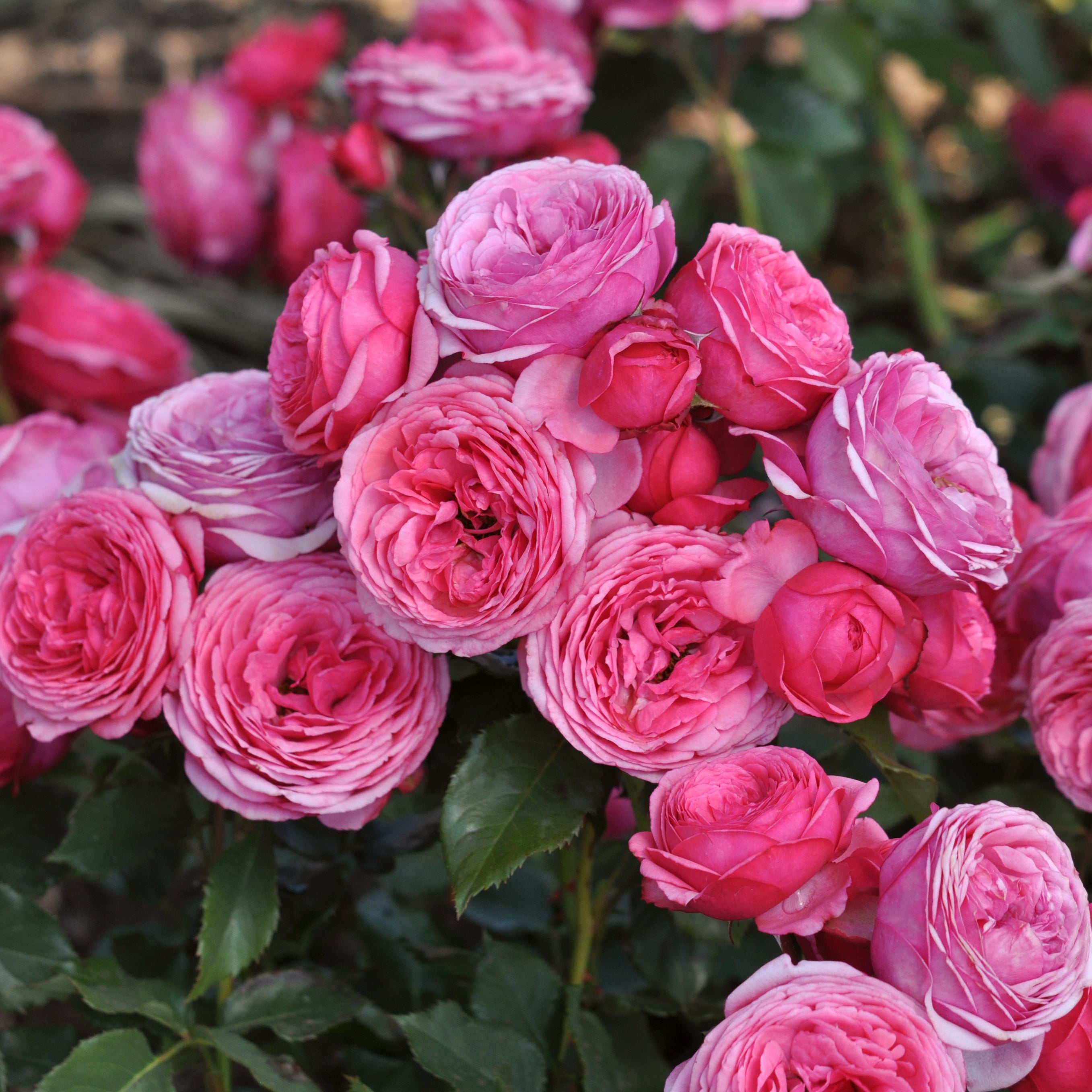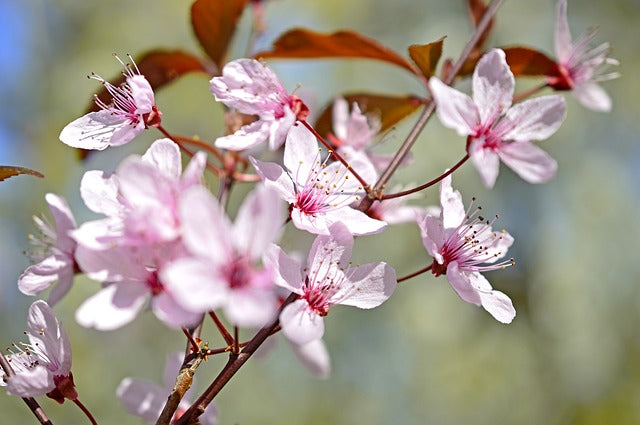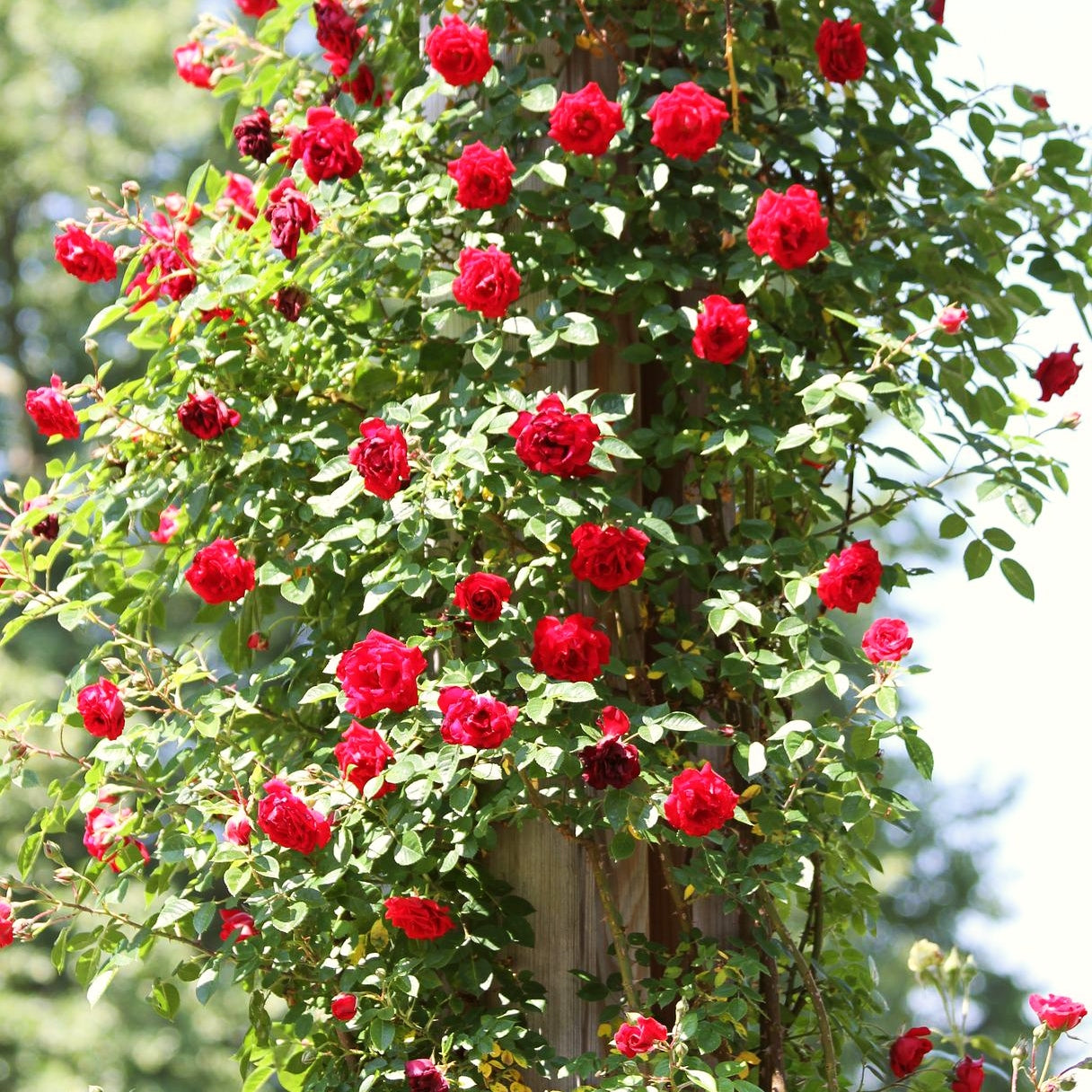'Ingrid Bergman™' Hybrid Tea Rose | Bouquet Rose
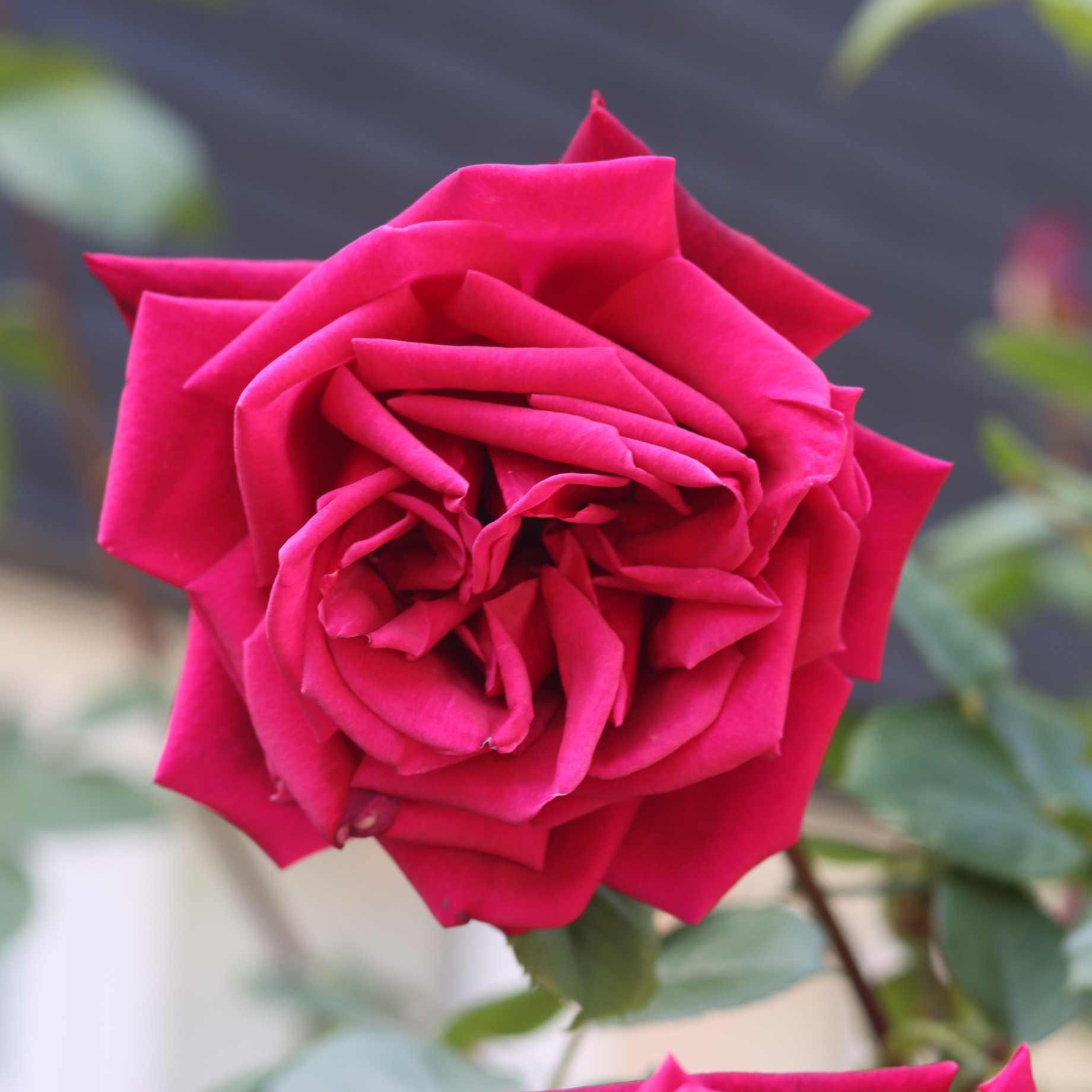
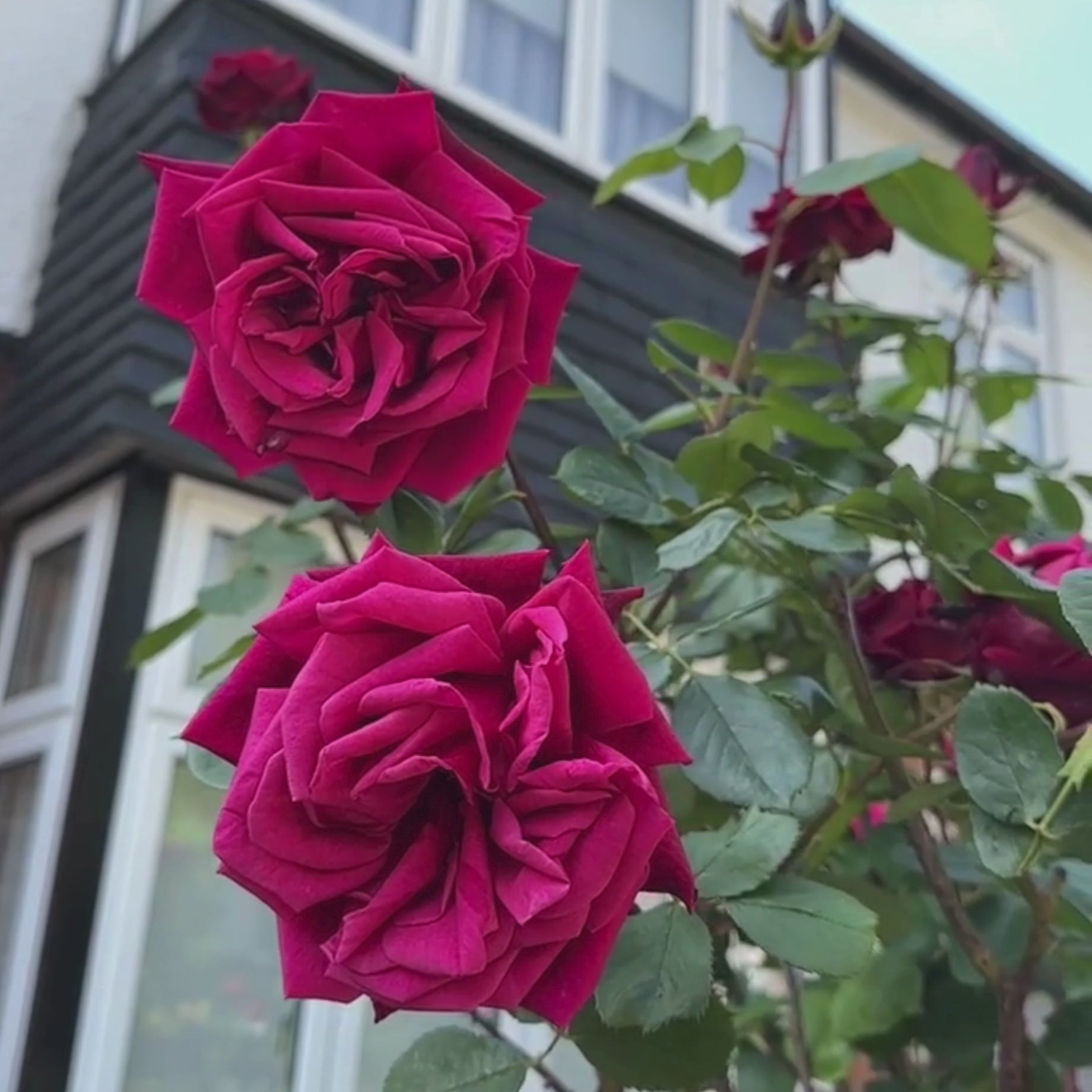

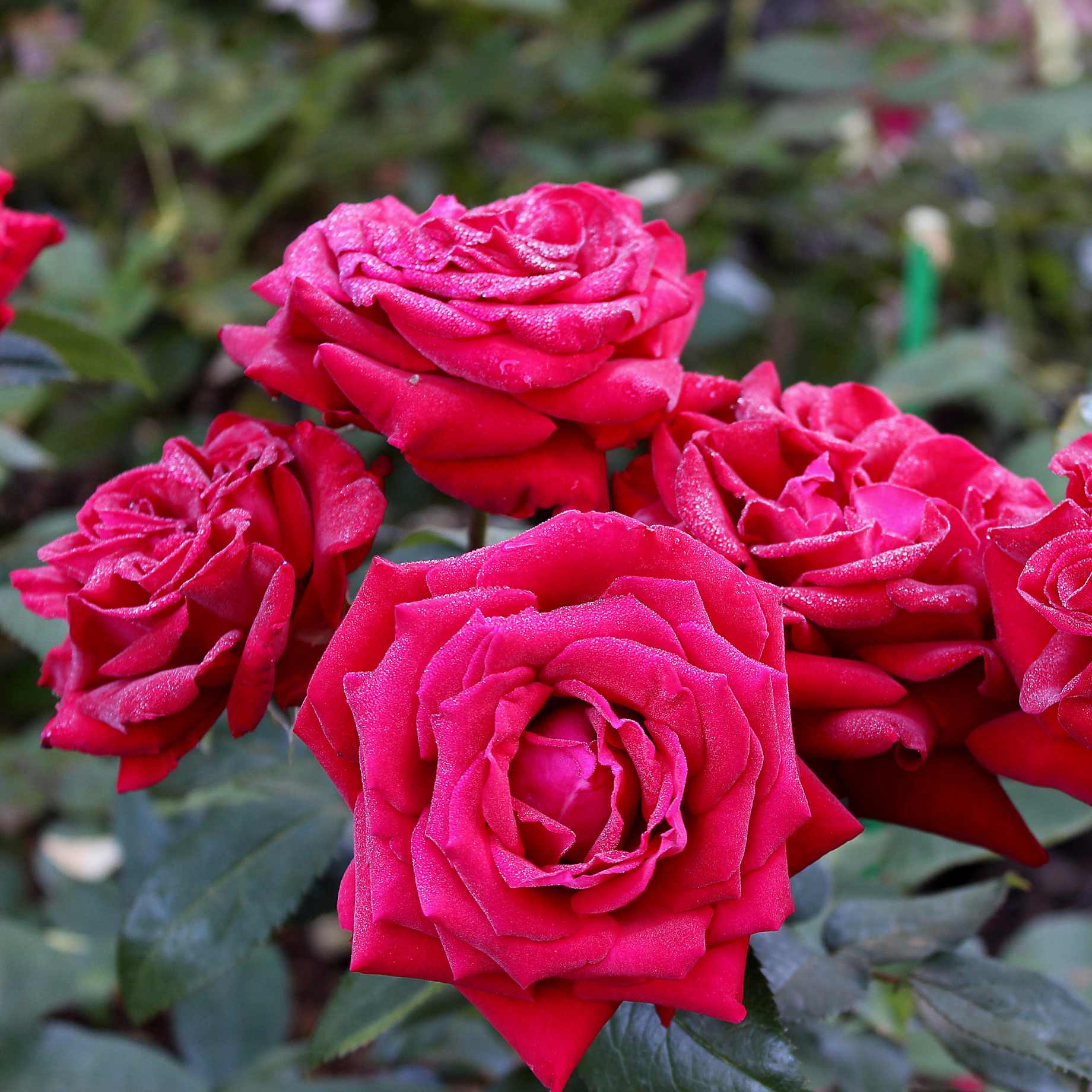
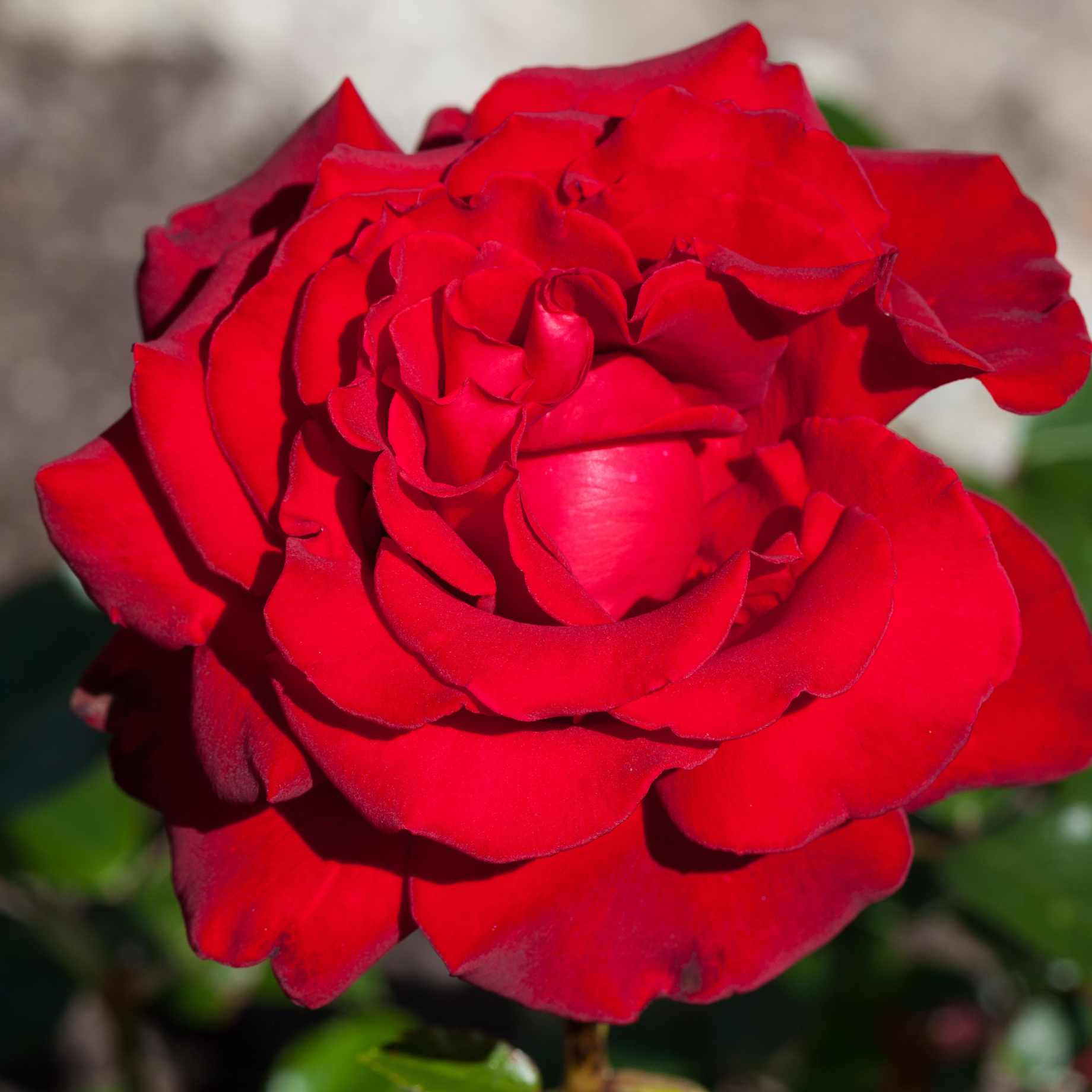
The Highlights
- A bushy hybrid tea rose with darkest red double blooms and red-flushed foliage
- Plant in beds, borders and large containers
- Grow in any well-drained, fertile soil in full sun and feed twice a year with a rose fertiliser
- Winner of 20+ international awards including the RHS AGM
- Hybrid tea roses have large, fragrant flowers held alone on straight stems. They flower repeatedly and are bred for hardiness, vigour and a classic look
The Highlights
- A bushy hybrid tea rose with darkest red double blooms and red-flushed foliage
- Plant in beds, borders and large containers
- Grow in any well-drained, fertile soil in full sun and feed twice a year with a rose fertiliser
- Winner of 20+ international awards including the RHS AGM
- Hybrid tea roses have large, fragrant flowers held alone on straight stems. They flower repeatedly and are bred for hardiness, vigour and a classic look
Care Guide

Good pest and disease resistance
The main problems for roses are aphids (greenfly) and rose black spot - although many of the newer varieties have good resistance to it. Greenfly can be removed by hand and squashed, or if you don't fancy that you can wipe them off with a damp cloth or spray the area with a water, soap and vegetable oil mixture. Black spot appears as unsightly patches on leaves but doesn't usually harm the plant unless it takes hold. In extreme cases, growth can be stunted. Check regularly and remove any affected leaves, making sure to remove any fallen leaves or petals as soon as possible, as the disease spores are stored here and can reinfect the soil, affecting the next season's growth. A good preventative measure is mulching with wood chip or manure around the base of the plant so that rain doesn't splash any soil-borne spores onto the plant's foliage. It's also a good idea to water at the base of the plant and prune it to maintain an open, airy framework - this will prevent mildew and mould.

Water regularly
When roses are newly planted, you should water them every 2-3 days, unless you’re planting bare root between November and March, when the weather should be wet enough. As the weather warms up, you should water your roses once a week, but watch out for dry spells during spring and summer. If the flowers start to wilt or droop, it’s a sign that they need more water. Always water your roses as closely as possible to the base of the plant and avoid splashing foliage or flowers as this can encourage disease or mould. A soft spray is better, so if using a hosepipe, a rose attachment is perfect. Pay special attention to roses in pots, next to walls, in sandy soil and when newly planted and don't allow the soil to dry out completely.

Full sun
For the best flowers, plant in a sheltered spot where your rose will receive around 6-8 hours of sunlight daily in spring/summer.

Any moist, well draining soil
Roses do well in most soil types, as long as they're well drained - they hate their roots to be waterlogged - and not too dry. Loamy soil is perfect. If your soil is very heavy or sandy, mix in some garden compost and perlite (or horticultural grit) when planting.

Feed twice yearly
Feed your roses in late March/April at the start of the growing season and again in late July after the first blooms have finished. Sprinkle a granular rose food over the soil - this will release its nutrients over several months, promoting healthy growth and repeat flowering.
For more care tips and ideas visit our Knowledge page
Planting Calendar
- Best time to plant
- Harvest
- Flower
